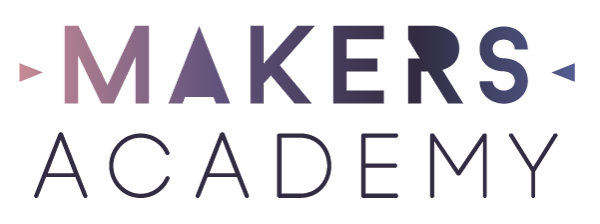To create a successful design, it is important to follow the design process. It will be very tempting to come up with one idea, and just go with it – but you will be selling yourself short. You need to first gather information and ideas, and try a few different solutions to come up with the best possible design.
The design process can be broken down to incorporate the following steps… The definitions here are in terms of being a designer and working for clients, however as most of you would be your own client, you perhaps wouldn’t need to print the designs out to present them to yourself as a small business owner 
- Problem / Need
Identifies a need or opportunity for a design, for example: The local laundromat has no existing logo, signage or branding. - Brief
Identifies all specifications of the project and the desired target audience. eg: Design a logo and window front signage for the local laundromat. The colours needs to be bright and bold and appeal to a young target market, predominantly aged between 18-28. - Research
Investigation of information related to the need or opportunity including historical products, existing products, materials, societal and environmental considerations, ergonomics. Collect inspiration and as much information as possible from the client. - Concepts
Initial ideas, freehand sketches and evaluations to explain the idea as quickly as you can to get all possible ideas from brain to paper. Refer back to the design specifications when coming up with ideas. - Development
Choose one to three concepts to develop further, explore the features of the chosen idea, the function and aesthetics, components, sizes etc and develop the specifics of the design. - Solution
Presented professionally either in booklet, portfolio or display mounted, the final solution can sometimes be presented with a combination of working drawings, rendered pictorials and/or modelling and should be to scale and dimensioned. - Evaluation
Discuss how you met the design specifications, discuss good features and bad features and explain how the project could be improved further. If necessary, circle back to the concepts and development stage to revise the design until it satisfies all requirements of the brief. - Presentation
Present your design to your client. Depending on their response, you may be going back to the concept stage once again!
It’s important to remember the design process is not linear but cyclical – once you come to the solution phase and evaluate the design, you should go back and develop the idea further, iterate and reiterate until all specifications are satisfied and you have a really strong design.
One key mistake that most (if not all) new designers make is to take one idea and run with it, and generally run straight to the computer and start playing around with fonts and colours. This is skipping past the ideation and exploration phase which is arguably THE most important phase of the design process, within the “Concepts” step.
This is where you get all your rubbish ideas out of your head and onto paper, so you can make room for a great idea to come through. You are mining for new ideas, searching for intersections and insight that is not forthcoming the first time you think about a new design.
It’s also really important not to try and start this stage with a blank slate – you need to do your research, gather visual inspiration and ideas (perhaps in the form of a mood board) to fill your mind before trying to pour it all back out again.
Further Resources
▶︎ Importance of putting pen to paper
▶︎ Don’t rule out the lock
